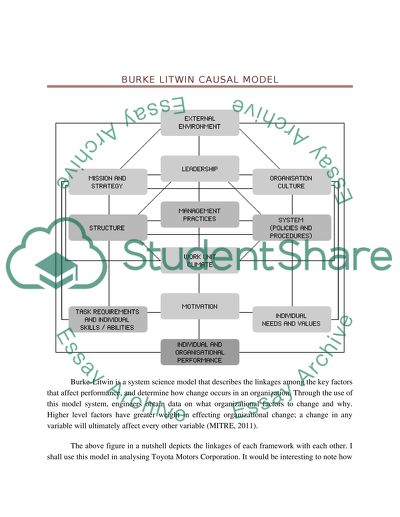Cite this document
(“Organisation Analysis & Change TOYOTA MOTORS MANUFACTURING CORPORATION Research Paper”, n.d.)
Retrieved de https://studentshare.org/marketing/1390223-organisation-analysis-change-toyota-motors-manufacturing-corporation
Retrieved de https://studentshare.org/marketing/1390223-organisation-analysis-change-toyota-motors-manufacturing-corporation
(Organisation Analysis & Change TOYOTA MOTORS MANUFACTURING CORPORATION Research Paper)
https://studentshare.org/marketing/1390223-organisation-analysis-change-toyota-motors-manufacturing-corporation.
https://studentshare.org/marketing/1390223-organisation-analysis-change-toyota-motors-manufacturing-corporation.
“Organisation Analysis & Change TOYOTA MOTORS MANUFACTURING CORPORATION Research Paper”, n.d. https://studentshare.org/marketing/1390223-organisation-analysis-change-toyota-motors-manufacturing-corporation.


